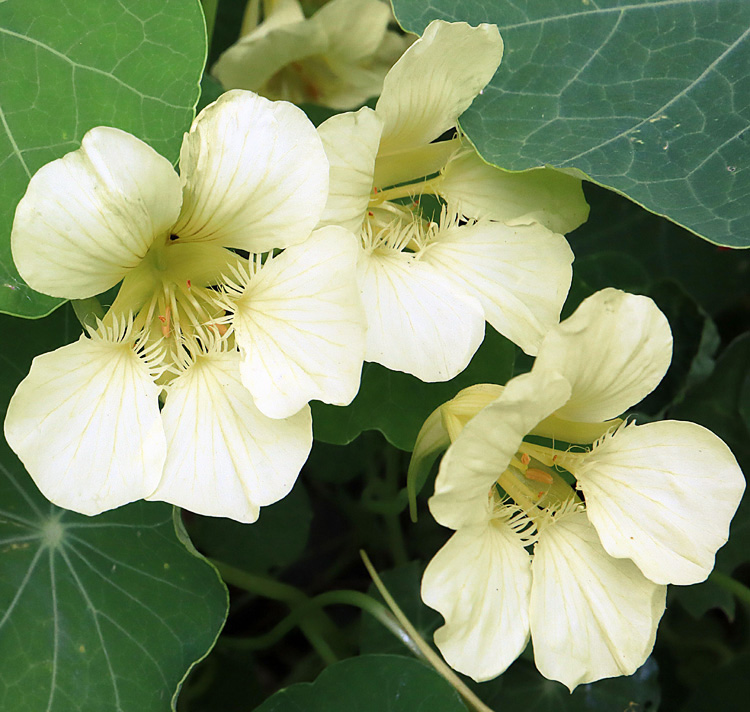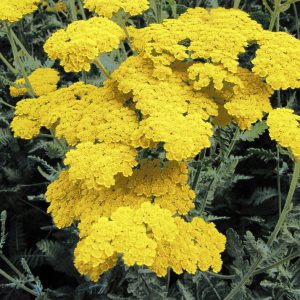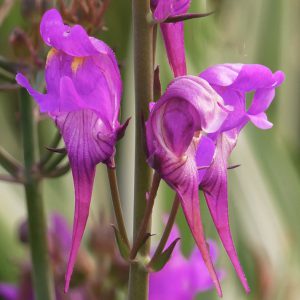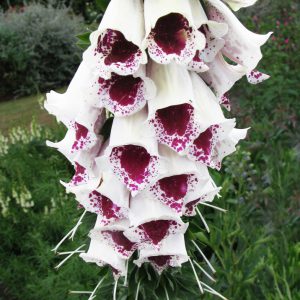- 1-9 pkts $4.50
- 10 pkts FREE
- Express post $12
Tropaeolum majus ‘Milkmaid’
MILKMAID NASTURTIUM
Flowers of Tropaeolum majus ‘Milkmaid’ are as close to white as it is possible for a Nasturtium to get.
Buds open moonlight cream then blooms mature almost white
‘Milkmaid’ blooms open from buttery buds to palest moonlight cream, and maturing to almost white.
So the flowers are unmarked and elegantly classy.
Dwarf & compact mound
Tropaeolum majus ‘Milkmaid’ is a dwarf and compact Nasturtium.
The clump grows approx. 30cm. high x 30-45cm. wide.
The foliage also spills over an edge nicely.
So it is perfect for small gardens or pots, or the corner of the herb patch, as it does not sprawl about or run.
Covered in blooms for months
‘Milkmaid’ is a prolific bloomer, so gardener / cooks can enjoy those velvety blooms all through spring summer and autumn.
So enjoy them to the full – in the garden, in the vase, as well as the kitchen.
Deliciously edible
The flowers, leaves, plus the young seed pods, are all deliciously edible.
So you can add a spicy, peppery flavour to salads and hot dishes with the leaves.
And add vivid colour contrast with the flowers as a final edible garnish.
Try ‘Milkmaid’ petals with strawberries – yum for the taste buds and the eyes.
Easy & cheap Capers
Seed pods 0f Nasturtiums are sometimes knick-named “False Capers”, and you can certainly use them as you would Capers, either fresh or pickled.
While flower buds can be used as you would mustard.
Traditional companion plant for deterring pests & diseases naturally
Nasturtiums have been successfully used for centuries as companion plants – to help keep the vegetable crops healthy.
They are traditionally used as companions with Brassicas, such as cabbage, broccoli, cauliflower and kale; with Cucurbits such as pumpkins and melons; and underneath climbers such as beans and cucumbers.
Also distract the bugs off the Brassicas
Nasturtiums are also highly recommended in organic, pesticide free garden designs.
They have a long and traditional usage as “Distraction Plants” for planting with Brassicas.
To attract the caterpillars and chewing pests away from the cauliflowers and broccoli.
Quick from seed to flower
Tropaeolum minus ‘Milkmaid’ is an easy plant to grow in the garden, and quick and easy to germinate from seed.
From sowing the seed to flower blooming is approx. 55-65 days.
Rabbit & Deer resistant
Fortunately rotten rabbits and dastardly deer find the peppery flavour of Nasturtiums unpalatable (unless there is nothing else to eat of course).
Bees & pollinators love the nectar
However our friends the bees and other insect pollinators are very grateful for the nectar filled flowers and their long blooming season.
Easy & low maintenance in the garden
This delightful little Nasturtium grows in Full Sun to Part Shade.
And it makes such an attractive and useful addition the to veggie patch as well as the flower garden.
As well as being the perfect size for decorative pots; and brilliant in a hanging basket outside the kitchen door.
It is low maintenance in the garden or a pot.
SEED SOWING ADVICE: QUICK & EASY
Suitable for beginners, kids & veggie plots
Seed of Nasturtium minus ‘Milkmaid’ can be sown at any time – directly into the garden as you would sow peas / or in punnets indoors for quick and early results.
First soak the seeds overnight in a glass of warm (not boiling) water, then sow.
Sow indoors for quick & early plants: Sow seed into a punnet filled with good quality seed raising mix.
Then cover the seed with mix to the same depth as the diameter of the seed.
Moisten the punnet thoroughly from below, by standing in a shallow water bath until the surface of the mix is moist.
Place the punnet in a well-lit, warm place such as a window sill (not in direct sunlight), or on a heat mat if you have one.
Nasturtium seeds love warmth to germinate rapidly.
Temperatures of 15-20 degrees C. are optimum for rapid germination.
Seedlings will emerge in 10-12 days.
In the unusual event that your seeds are shy to germinate – wrap the the seed punnet in glad-wrap or a plastic bag.
And place in the fridge (not the freezer) for 4-6 weeks.
This will mimic a winter chill, breaking the natural seed dormancy, and prepare the seeds for germination.
Then remove punnet from fridge, unwrap, and place in a warm, well-lit place or on a heat mat.
Seed Count: 10 seeds per pack approx.
(We always aim to exceed the stated seed count, and give a generous serve).
Click here for Nursery Open Days & Open Gardens Information
https://www.gardivalia.com.au/open-gardens
Click here to go back to Seeds Shop
https://www.seedscape.net.au/shop/
Related products
-
Add to WishlistAlready In WishlistAdd to Wishlist
-
Add to WishlistAlready In WishlistAdd to Wishlist
-
All
Linaria triornithophora
‘Three Birds Flying’
3 BUDGIES
SALE: Buy 1 get 2 packs
$5.00 Add to cartAdd to WishlistAlready In WishlistAdd to Wishlist -
Add to WishlistAlready In WishlistAdd to Wishlist





